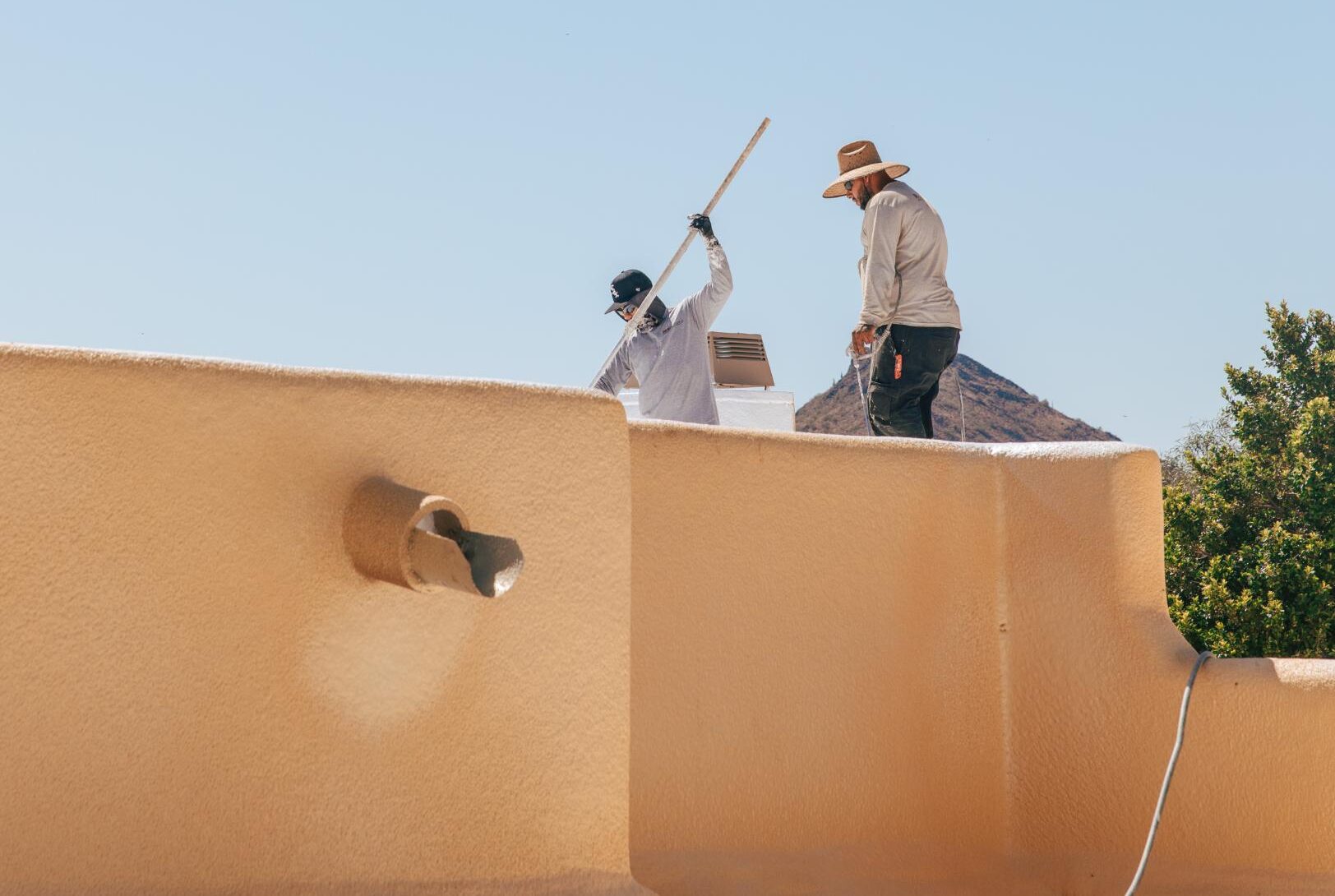You’re getting ready to close on the purchase of your first home – how exciting! With all of the paperwork, legalese and inspections that come before the house is officially yours, it’s easy to get lost in the often chaotic process. The roof of your new abode is what protects you from the elements – make sure it’s in top shape and check for these key issues during your new home roof inspection.
Shingle Wear
If your new home has shingles, there are a few key items to check on to ensure your roof’s durability. If you see curling, blistering or missing shingles, these may be a sign of an aging roof that is in need of replacement. Your inspector should also check for excessive granule loss from shingles – if they find granules in the gutters or find visibly bare patches on shingles, that’s a sign of a roof that has seen inclement weather and is vulnerable to leaks and water damage.
Typically, an asphalt shingle roof lasts between 20-25 years. Rusted or corroded flashing, where the roof meets an edge or a chimney, is a key sign that a roof is reaching the end of its life. Shingle roofs that have more than one layer of shingles, or roofs that aren’t properly ventilated, may have to be replaced earlier than expected.
In comparison, the concrete and clay tiles on some roofs may have an extended (50-75 year) life, but the underlayment below is what wears out. If installed correctly, the underlayment can last 25-30 years. Maintaining the tiles on the roof is important to the longevity of a tile roof.
Here’s How to Pick the Best Roof Type for your Home
Flat Roof Problems
Flat roofs, on the other hand, are susceptible to a different set of issues. Look out for blister spots where water has collected underneath the roof coating, or depressions where water has pooled and seeped further into the home and caused more damage. Blisters, when found early, can typically be quickly fixed by an experienced roofer. Depressions are typically found around vent pipes where water can gather and begin to leak through cracks in the surface – these can also be repaired by a roofing contractor. Keep an eye out for any hail damage or damage from debris on a flat roof as well. Dings and dents can be patched and repaired, but heavy damage may require a flat roof to be recoated.
Workmanship Quality
Pay attention to the quality of workmanship when your roof is being inspected. You may find improperly seated or “popped” nails that allow water to seep in and cause damage, or poorly installed flashing on roof joints that can easily come loose and cause leaking. Keep note of the quality of materials used on your roof’s underlayment, felt paper, shingles, tile or foam and check on the length of the roof’s warranty.
After a thorough inspection of the exterior of the home, step inside and take a visual inventory of the interior. Be sure to mention any visible wet spots around vents, fireplaces or on ceilings. Check for proper seals on attic ventilation, as well as bathroom and kitchen exhausts, to ensure the best insulation from the weather.
Once you’ve checked all the boxes on your new home’s roof inspection, contact a trusted roofing contractor like RENCO Roofing to make the necessary repairs to your roof. Since 2004, our team has provided top quality workmanship on roofs throughout Arizona. Your home is your biggest investment – be sure to put it in the hands of a team you can trust.




